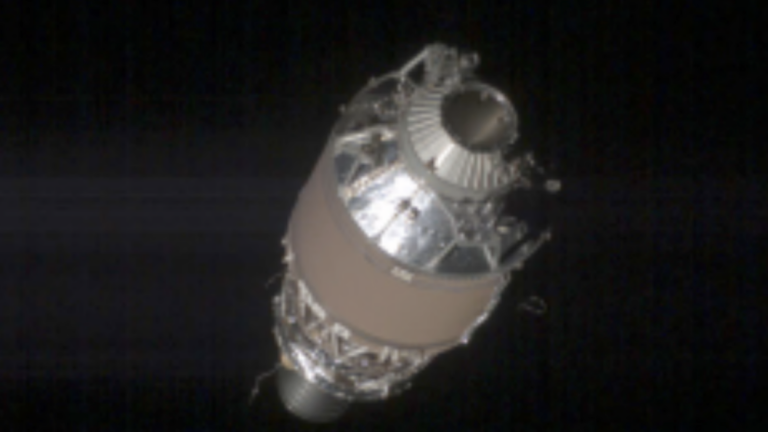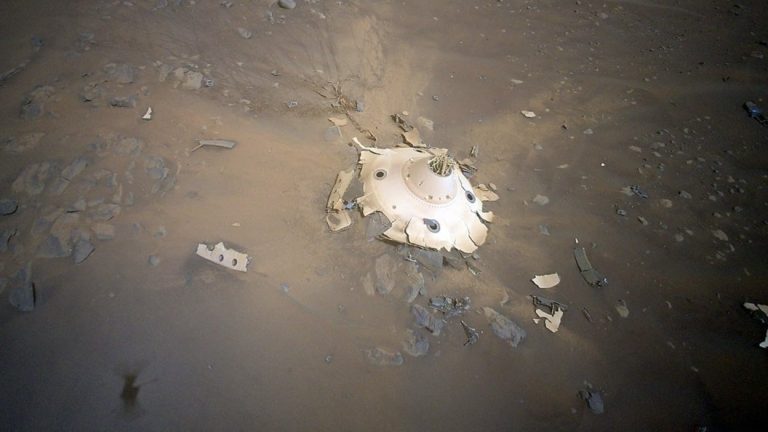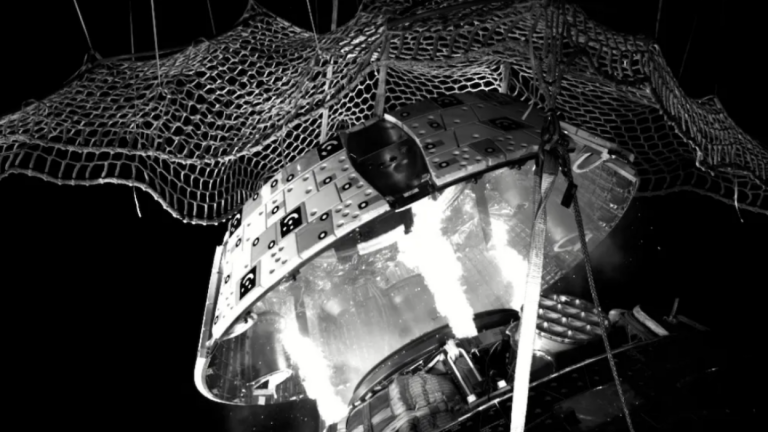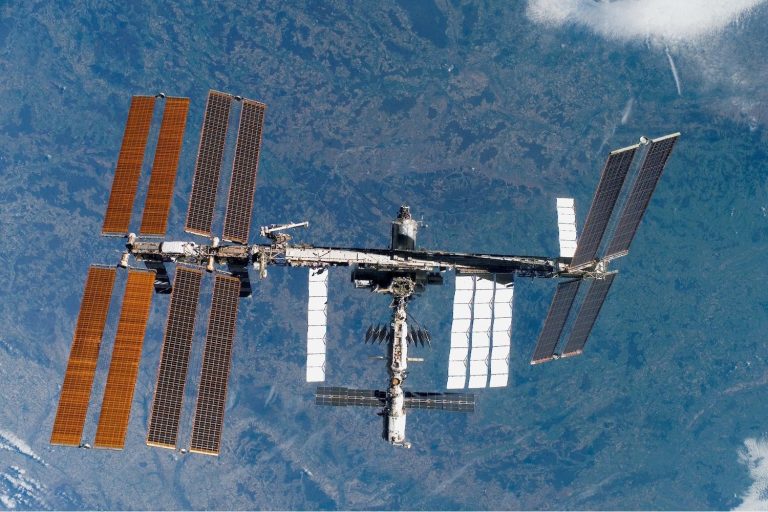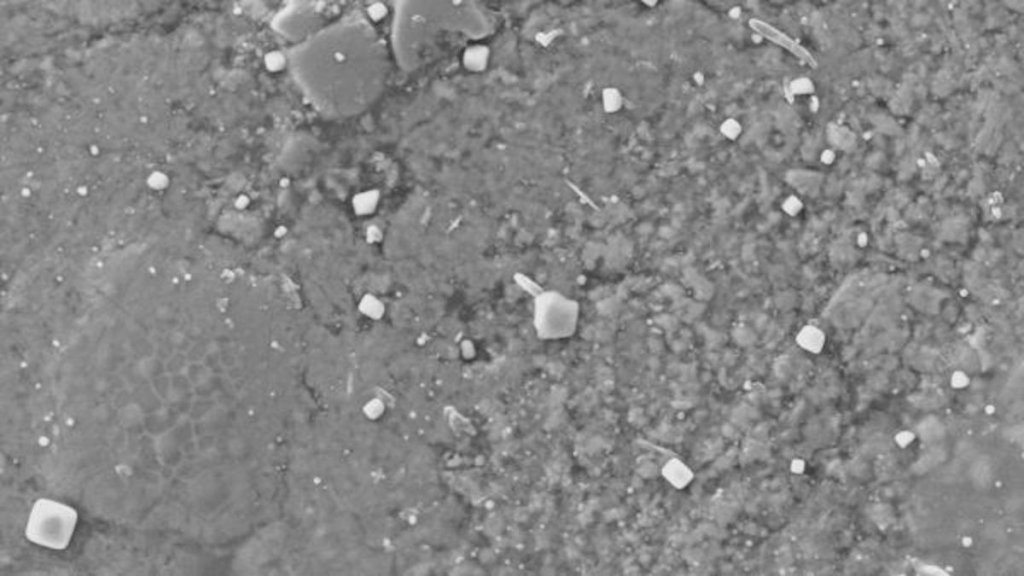
‘Pristine’ meteorite contaminated with table salt upon crash landing on Earth (Image Credit: Space.com)

A meteorite that crashed into a driveway in Winchcombe, England, became contaminated with a sprinkling of table salt within hours of landing, dashing hopes that it could be a “pristine” example of a primitive type of space rock.
The Winchcombe meteorite, which fragmented and fell onto the Gloucestershire driveway and a nearby sheep field in February 2021, was recovered and stored in sealed bags very soon after it landed — within hours for the fragment found on the driveway and within days for the rubble in the sheep field. But even so, new research finds, the meteorite had already begun to change due to its interactions with Earth’s atmosphere and surface.
“The Winchcombe meteorite is often described as a ‘pristine’ example of a CM chondrite meteorite, and it’s already yielded remarkable insights,” study lead author Laura Jenkins, a doctoral student in the School of Geographical and Earth Sciences at the University of Glasgow, said in a statement (opens in new tab). (CM chondrites are a subgroup of carbon-rich carbonaceous chondrites, meteorites that carry some of the oldest minerals in the solar system.)
Related: Meteorite that crashed onto UK driveway contains the building blocks of life
“However,” Jenkins said, “what we’ve shown with this study is that there’s really no such thing as a pristine meteorite — terrestrial alteration begins the moment it encounters Earth’s atmosphere, and we can see it in these samples, which we analyzed just a couple of months after the meteorite landed.”
About 1.3 pounds (600 grams) of rock fragments from the Winchcombe meteorite have been recovered. Jenkins and her colleagues scrutinized two fragments — one from the driveway and one from the sheep field — using scanning electron microscopy, Raman spectroscopy and transmission electron microscopy, all methods that allow for the identification of tiny minerals on meteorites’ surfaces. The team found both calcium sulfate and calcite — two forms of salt — on the sample from the sheep field. Crystallized on the sample from the driveway, they found halite, or table salt.
The calcium sulfate and calcite were found on the outside of the meteorite, on what is known as the fusion crust — the melted surface of the meteorite that forms as it screams through the atmosphere at tens of thousands of miles an hour. That placement indicates that the salts formed quickly as the meteorite fragments awaited discovery in the sheep field, the researchers reported Feb. 9 in the journal Meteoritics & Planetary Science (opens in new tab). The halite, by contrast, appeared only on polished surfaces of the meteorite that researchers buffed in the lab, suggesting that the meteorite was reacting to humid laboratory air.
“It shows just how reactive meteorites are to our atmosphere, and how careful we need to be about ensuring that we take this kind of terrestrial alteration into account when we analyze meteorites,” Jenkins said.
The findings also raise the stakes on getting meteorites into stable storage in laboratory conditions as quickly as possible, study co-author Luke Daly, a lecturer in the School of Geographical and Earth Sciences at the University of Glasgow, said in the statement. The researchers recommended that newly discovered meteorites be stored in inert gas to minimize reactions.
“This research shows just how vital it is that we keep watching the skies and assemble search parties as quickly as possible after meteorites are spotted,” Daly said.
Originally published on LiveScience.com.


